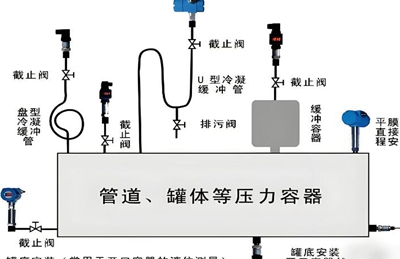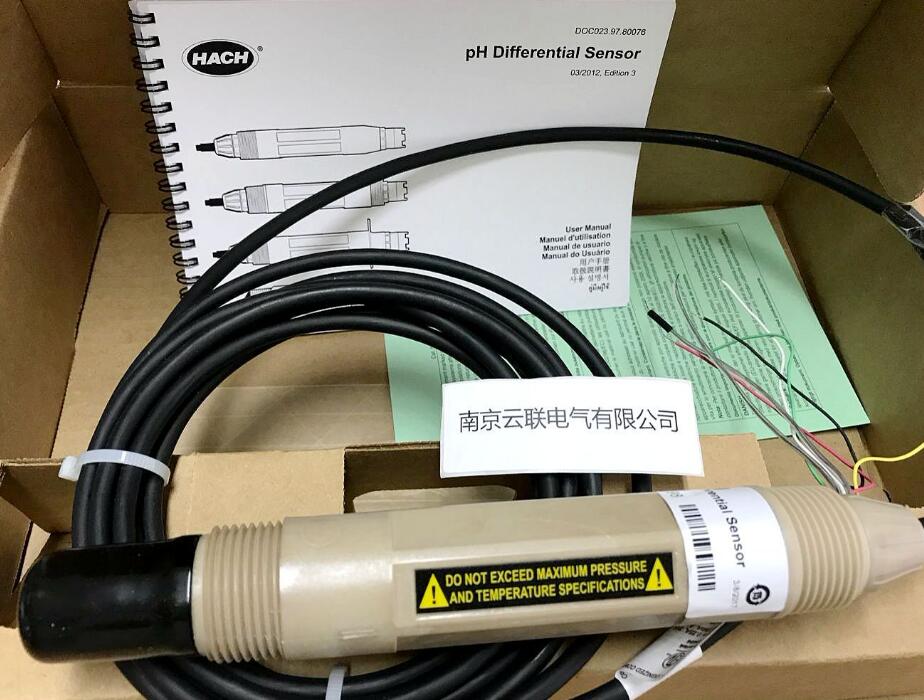Common Problems and Solutions of pH
Differential Pressure Sensor
1、 Power failure
Power supply issues are a common cause of malfunctions in pH differential pressure sensors. If the power supply of the sensor is unstable, such as voltage fluctuations, power interruptions, etc., it can cause the sensor to malfunction. It may be caused by the power switch not being turned on, the fuse being blown, or the connecting cable being disconnected. In addition, abnormal power supply voltage of the power box or DCS card can also affect the operation of the sensor. If the measured voltage is extremely low or close to 0V, it may be an open or short circuit in the circuit at the measured location, and any wiring needs to be disconnected and a multimeter connected in series to measure and determine the current.
2、 Sensor damage
The damage to the sensor itself is also an issue that cannot be ignored. In addition to the aging and blockage issues mentioned earlier, sensors may also be damaged due to mechanical shock, chemical corrosion, or improper use. For example, when installing or disassembling sensors, accidentally colliding with the sensor may cause damage to its internal structure. In addition, when using sensors in corrosive environments, if effective protective measures are not taken, the electrodes and housing of the sensor may be corroded, thereby affecting its performance and lifespan.
3、 Display Exception
Abnormal display of pH
differential pressure sensor can also cause inconvenience to users. For example, if the display screen is unresponsive, it may be due to insufficient battery power, loose internal connections, or a malfunction of the display screen itself. If the data on the display screen is not clear, has garbled or flickering, it may be due to signal transmission problems, display screen driver circuit faults, or software issues.
For power failures, it is necessary to check the power switch, fuse, and connecting cables, use a multimeter to measure the power voltage, and promptly troubleshoot power related issues. For the case of sensor damage, corresponding measures should be taken according to the cause of the damage. If the damage is caused by mechanical impact or chemical corrosion, the sensor should be replaced in a timely manner, and attention should be paid to strengthening protection in future use. If the damage is caused by improper use, the operators should be trained to master the correct usage methods. For issues with abnormal display, check the battery level, connection wires, and status of the display screen. If necessary, replace the battery, repair the connection wires, or replace the display screen. At the same time, it is necessary to check whether the software of the sensor needs to be updated or repaired to ensure the normal operation of the display part.


